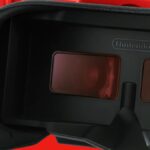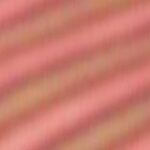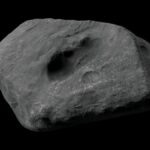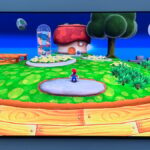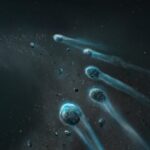When a comet meets solar winds, its nuclear coma—a bright cloud of gas around its core—reacts vibrantly to our Sun’s solar maximum, leaving a trail of stellar gas and dust across the solar system. Miraculously, the sky above June Lake, California, cleared up for a full 13 minutes for photographer Dan Bartlett to image the comet clearly enough for his photograph, “Comet 12P/Pons-Brooks Taking a Final Bow.”
With incredible technological advances, the continuous flow of space photos can sometimes feel like background noise. But the winners and finalists of the annual ZWO Astronomy Photographer of the Year, hosted by Royal Museums Greenwich, remind us how beautiful our universe is—and how clearly we can now identify the cosmic processes behind these stunning snapshots.
Bartlett’s photograph is the winner of the competition’s Planets, Comets, and Asteroids category, but his work is just the tip of the iceberg (or comet?) among the many fantastic images that caught the judges’ eyes. Take a trip to outer space with some of our favorite entries from the gallery.
“The Andromeda Core” by Weitang Liang, Qi Yang and Chuhong Yu
The Andromeda Galaxy (M31) is one of the more well-known neighbors of the Milky Way. This stunning image is the overall winner of the competition, in addition to winning the Galaxies category, for its commendable effort in highlighting the galaxy’s H-alpha regions, or ionized hydrogen gas—revealing the intricate, molecular processes in motion within the galaxy.
“By carefully isolating and processing the H-alpha channel, we were able to enhance the visibility of these ionized gas clouds, which trace ongoing star formation,” the photographers said in their winning statement. “This image is not just about capturing Andromeda’s beauty—it is an effort to bring out the dynamic processes shaping its evolution, from the birth of new stars to the influence of interstellar structures near its core.”
“Saturnrise” by Tom Williams

When NASA’s Artemis mission delivers humans back to the moon, its crew may see something like what’s pictured here, a lunar occultation of Saturn. Such phenomena occur when one cosmic object passes in front of another, blocking it from view. 2024 had an unusually high number of occultations across the globe. Photographer Tom Williams captured one just as Saturn neared its equinox—a point in the planet’s orbit that makes its rings appear like a thin line. This photograph was the runner-up of the competition’s Our Moon category.
“The event pictured here occurred near Saturn’s opposition and so coincided with the near Full Moon,” Williams commented. “With the planet also nearing its equinox, the rings are nearly edge-on, resulting in a particularly striking view as Saturn appears to rise from behind the silhouetted limb of the Moon.”
“Fourth Dimension” by Leonardo Di Maggio

This unconventional entry, winner of the Annie Maunder Open category, highlights the fast-growing presence of gravitational lensing in the field of astronomy. Photographer Leonardo Di Maggio created this composite image by combining gravitational lensing data from the James Webb Space Telescope with photos he took inside a meteorite.
“This image unites two phenomena that are typically hidden from view: the gravitational lensing captured by the James Webb Space Telescope, which magnifies distant galaxies, and the intricate internal structure of a meteorite,” said competition judge Victoria Lane. “Together, they form a striking composite that bridges the vastness of the cosmos with the minuteness of the microscopic.”
This one is my personal favorite. Gravitational astronomy is an up-and-coming, super cool field. Here’s some of our coverage on the topic.
“500,000-km Solar Prominence Eruption” by PengFei Chou

The Sun appears to be leaking in this third-place entry for the competition’s Our Sun category. The photograph shows a massive solar prominence on November 7, 2024, which produced an eruption stretching farther than a scary 311,000 miles (500,000 kilometers).
“I was incredibly fortunate to capture the entire process of this eruption, lasting approximately one hour from its initial outburst to its conclusion,” explained Chou in a statement. “During the eruption’s rising phase, the prominence reached peak brightness, making it the best time for photography. The eruption phase of the prominences is composed of more than 20 stacked data sets highlighting the entire process of this spectacular event.”
“Cosmic Coincidences – Deer Lick and Stephan’s Quintet on a Ribbon of H-alpha” by Deep Sky Collective
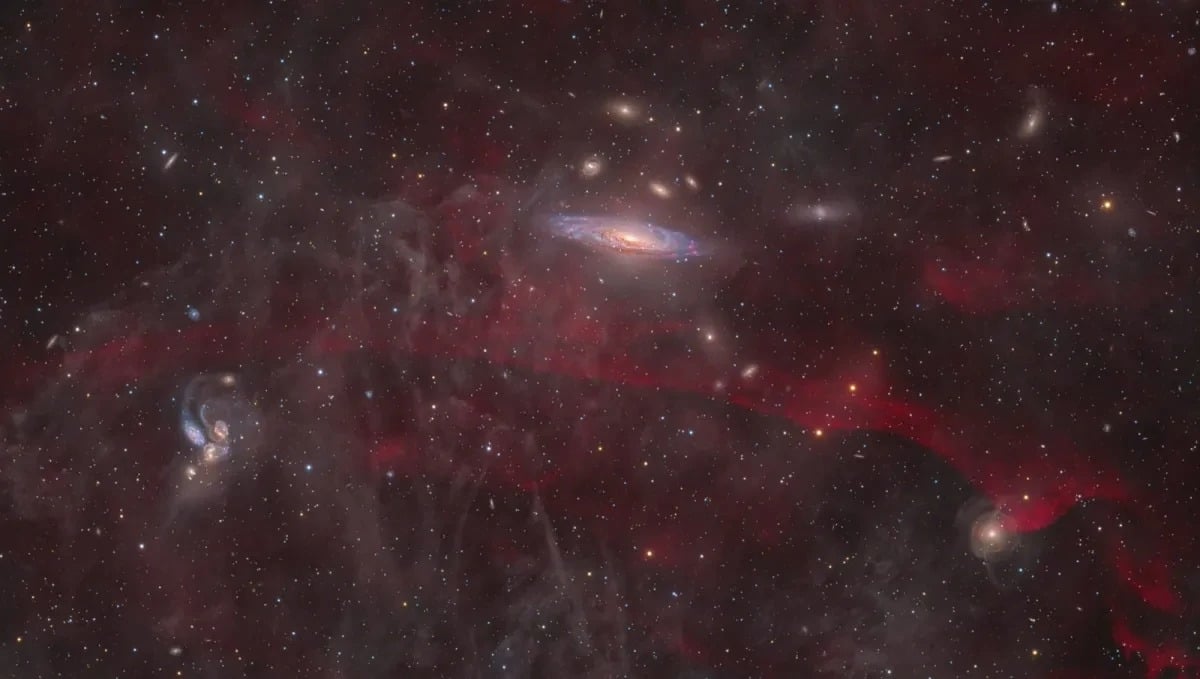
This dark, brooding aesthetic depicts the Dear Lick region, a galaxy cluster in the constellation Pegasus and home to NGC 7331, a spiral galaxy sometimes referred to as our Milky Way’s twin. The team of amateur astrophotographers spent over six months integrating 600 hours of exposure to craft a highly detailed map of the region’s vast H-alpha background. Their efforts won them the runner-up prize for the competition’s Galaxies category.
“The H-alpha shock front, first noted by our science consultant Patrick Ogle, required over 350 hours of deep imaging alone,” the team said in their statement. “The shock front, combined with intricate tidal streams and integrated flux nebulae [a faint, diffuse emission nebulae], pushes this image to the limits of amateur astrophotography.”
The Ridge by Tom Rae
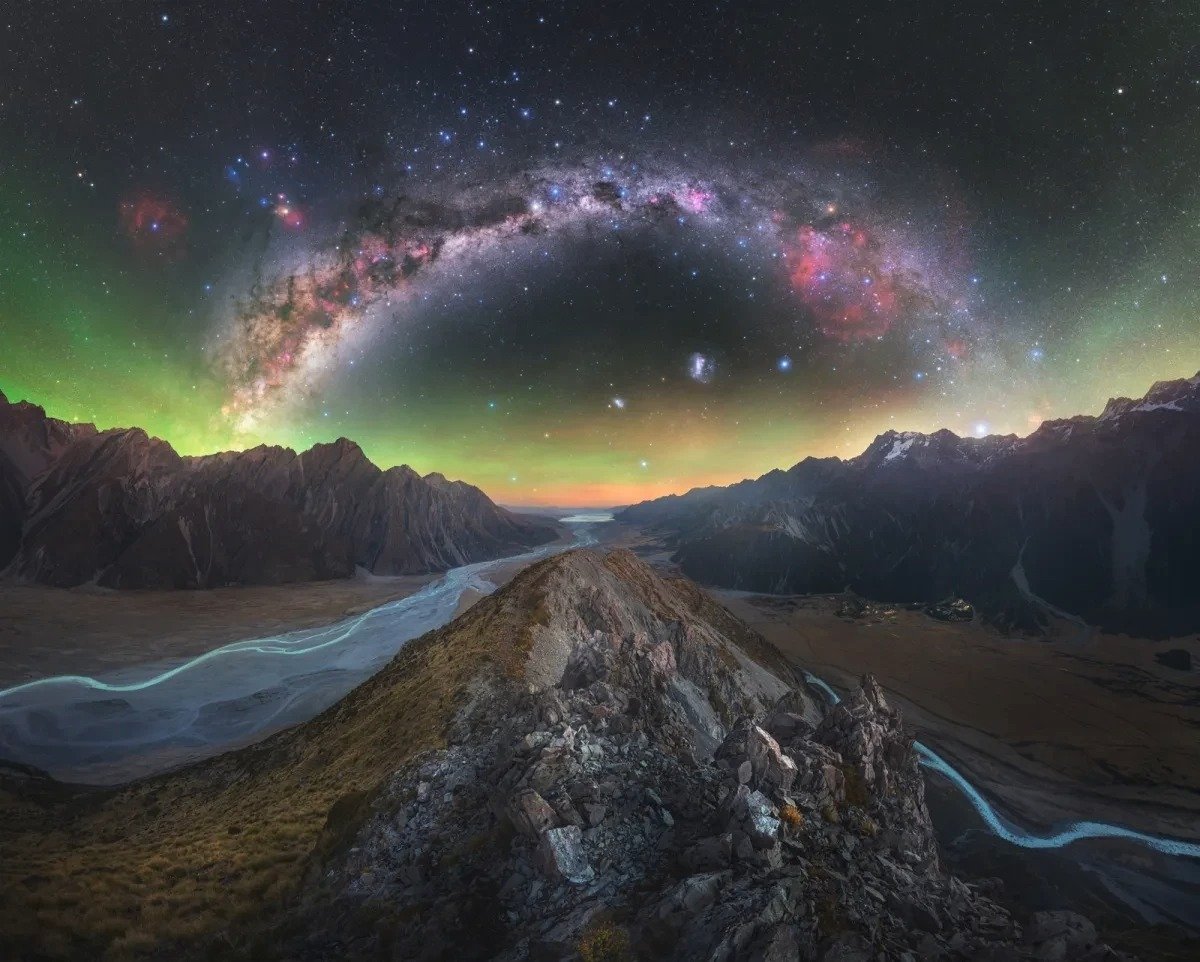
In this winning entry of the Skyscapes category, a shimmering arch of faraway stars stretches over the twin glacier rivers at Mount Cook National Park in New Zealand. The Milky Way’s core can be spotted to the left of the image. It also offers a side-by-side comparison of our universe’s beauty—both on Earth and beyond it.
“This is one of my biggest astrophotography accomplishments to date and the largest panorama I have ever captured, with the full resolution image containing over a billion pixels from 62 images stitched together,” said Rae in his winning comment.
“I appreciate how the airglow appears to cradle the sky, and the landscape contributes to a very balanced composition,” added competition judge Kerry-Ann Lecky Hepburn. “Truly eye-catching and dreamy.”
Read the full article here


